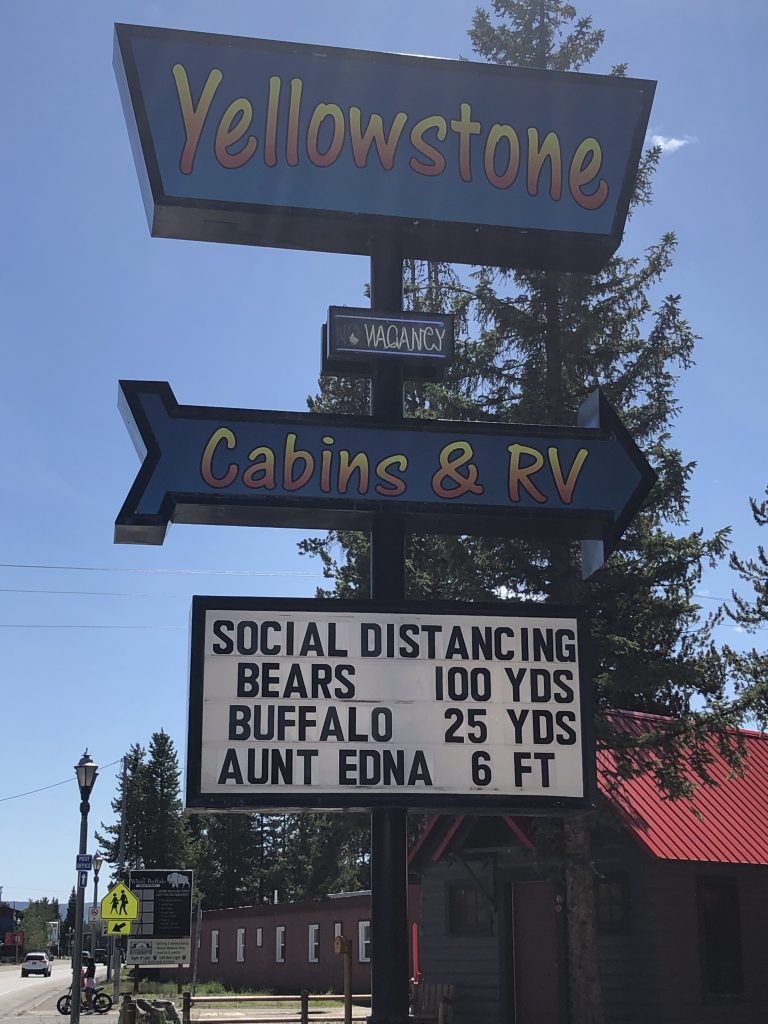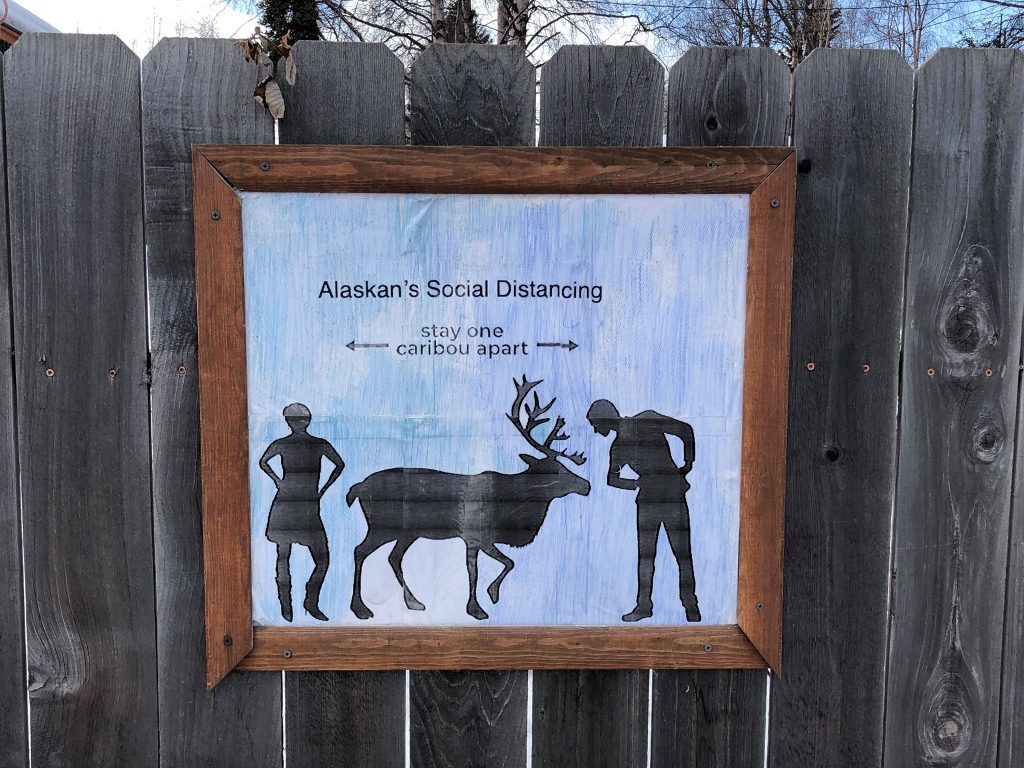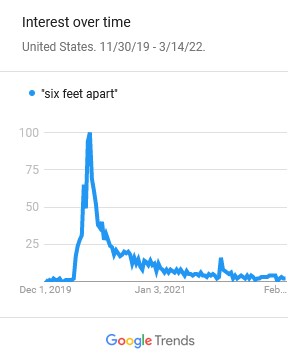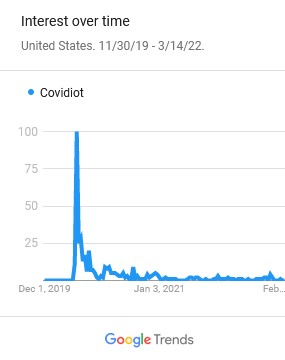Efficacy is defined as “the ability, especially of a medicine or a method of achieving something, to produce the intended result” (Cambridge Dictionary).
When used in connection with vaccines, it refers to the reduction in percentage of the number of cases in a group of vaccinated people compared to a group of unvaccinated people. Wikipedia explains the difference between vaccine efficacy and vaccine effectiveness: “For example, a vaccine efficacy or effectiveness of 80% indicates an 80% decrease in the number of disease cases among a group of vaccinated people compared to a group in which nobody was vaccinated. When a study is carried out using the most favorable, ideal or perfectly controlled conditions,[1] such as those in a clinical trial, the term ‘vaccine efficacy‘ is used.[2] On the other hand, when a study is carried out to show how well a vaccine works when they are used in a bigger, typical population under less-than-perfectly controlled conditions, the term ‘vaccine effectiveness‘ is used.
A recent report on vaccine efficacy in children and adolescents says that “during the Omicron-predominant period, December 19, 2021-February 17, 2022, vaccine efficacy was 40% against hospitalization, 79% against critical COVID-19, and 20% against noncritical COVID-19 for adolescents 12-18 years of age. Among the children 5-11 years old, vaccine efficacy against hospitalization was 68%” (Cosdon).
Social Media Trends as of May 12, 2022
Facebook #efficacy: 4,400 people are posting about this
Instagram #efficacy: 14,873 posts
TikTok #efficacy: 1.2 million views
YouTube #efficacy: 370 videos and 253 channels
Google Trends: although the term efficacy isn’t new, it peaked in popularity during the week of February 28, 2021 which coincides with the time that Covid-19 vaccines started to become widely available.
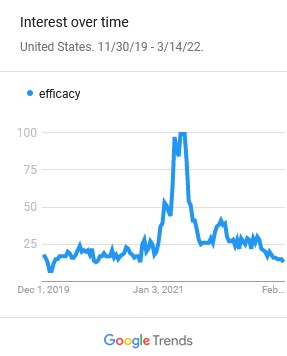
Sources
Cosdon, Nina. “Pfizer Vaccine Efficacy in Children and Adolescents During Delta and Omicron.” ContagionLive.com. March 31, 2022. URL: https://www.contagionlive.com/view/pfizer-vaccine-efficacy-in-children-and-adolescents-during-delta-and-omicron.
“Efficacy.” Cambridge Dictionary. URL: https://dictionary.cambridge.org/us/dictionary/english/efficacy.
Wikipedia contributors. “Vaccine efficacy.” Wikipedia, The Free Encyclopedia. Wikipedia, The Free Encyclopedia, 20 Mar. 2022. URL: https://en.wikipedia.org/wiki/Vaccine_efficacy.

